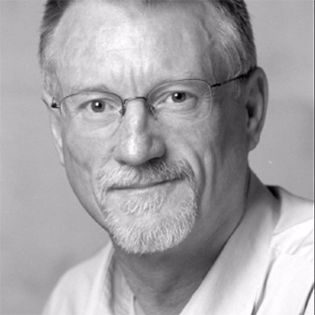The uses and limitations of current sign language corpora
- Location
- Metallurgy and Materials building (G6 on the university campus map)
- Dates
- Monday 28 November 2016 (16:00)
 Professor Trevor Johnston
Professor Trevor Johnston
- Centre for Corpus Research seminar
Speaker: Professor Trevor Johnston
Venue: Metallurgy and Materials Building, Room GC19
Abstract
Sign language corpora promise to have a significant impact on the description of these languages by empirically grounding our research on naturalistic discourse produced by deaf signers. I will demonstrate this by giving two examples of research based on the Auslan Corpus (Auslan is the name of the sign language used in Australia). One example is a recently completed study on the conventionalization of the mouth actions.
Mouth actions often accompany manual signs in most sign languages. The aim was to find usage evidence for or against the claim that mouth actions in sign languages, including Auslan, are highly conventionalised, if not language-specific. The other is an ongoing investigation of clause-level units in terms of the order of core constituents and co-occurring sign modifications. The aim is to find evidence for or against the assumption that certain recurring patterns are linguistic constructions with their own symbolic value, i.e., they realize syntactic relations such as Subject Verb Object (with respect to order) and/or encode these relations through particular morphological markings (the sign modifications) on verbs or nominal participants These studies on the Auslan Corpus attest to the usefulness of sign language corpora. However, there are problems. I conclude by drawing attention to how different sign language corpus linguistics is from corpus linguistics generally understood. The differences lie not only in the most obvious areas, such as size (the former are minuscule in comparison to the latter), but also in quality (the uneven quality of transcriptions and annotations available for the former compared with the higher quality available for the latter). Together these can limit the type of corpus software suitable for use with sign language corpora as they currently exist and thus what one may assume can be done, and done quickly. Finally, the unique sociolinguistic characteristics of most signing communities needs always to be kept in mind.
About the speaker
Trevor Johnston was Professor of Sign Language Linguistics in the Department of Linguistics at Macquarie University (Sydney) until 2015. Now semi-retired he is Adjunct Professor at Macquarie University (Sydney) and La Trobe University (Melbourne). His main interests are the documentation and description of sign languages as manifested in multi-media and on-line dictionaries (www.signbank.org.au) and digital video archives and corpora as manifested in the Auslan Archive & Corpus. His current research is focused on grammaticalisation and syntacticisation in Aulan.